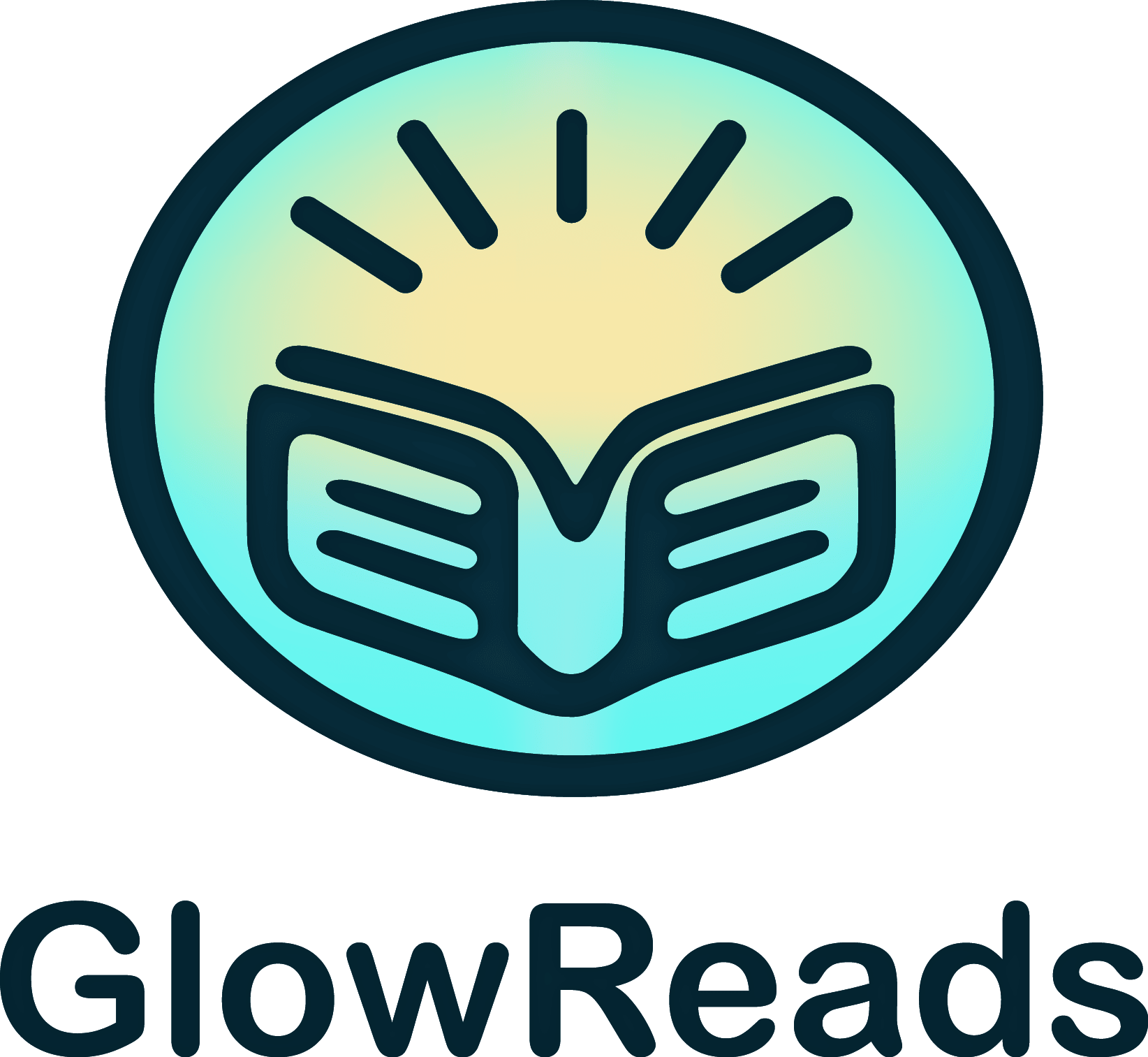Introduction to Medical Literature
Medical literature encompasses a broad range of works that explore the science, practice, and ethical aspects of medicine. These books serve as essential resources for medical professionals, students, and anyone interested in understanding the complexities of healthcare. From foundational textbooks and clinical guides to detailed studies on medical research and patient care, medical literature provides comprehensive knowledge necessary for the practice and advancement of medicine. Whether you are a medical student seeking to grasp the basics, a professional looking to stay updated on the latest advancements, or a patient wanting to understand more about your health, medical books offer valuable information and insights.
Key Topics and Fields in Medical Books
Medical literature covers an extensive array of topics and fields, each offering unique insights and essential knowledge. Key topics include anatomy, physiology, pathology, pharmacology, and medical ethics. Anatomy books provide detailed illustrations and descriptions of the human body’s structure, essential for understanding how the body functions. Physiology texts explore the biological processes that enable the body to operate, such as respiration, circulation, and digestion. Pathology literature examines the causes and effects of diseases, helping medical professionals diagnose and treat various conditions. Pharmacology books delve into the study of drugs and their interactions with the body, offering crucial information on medication usage and effects. Medical ethics literature addresses the moral and ethical issues that arise in medical practice, such as patient consent, confidentiality, and end-of-life care. These topics provide a comprehensive foundation for understanding and practicing medicine.
Top Medical Books for Professionals and Students
Selecting the best medical books can be a challenging task, given the vast number of high-quality options available. For medical students, “Gray’s Anatomy for Students” by Richard L. Drake, Wayne Vogl, and Adam W. M. Mitchell offers a thorough and accessible introduction to human anatomy, with detailed illustrations and clear explanations. “Robbins and Cotran Pathologic Basis of Disease” by Vinay Kumar, Abul K. Abbas, and Jon C. Aster provides an in-depth understanding of pathology, essential for diagnosing and treating diseases. “Goodman & Gilman’s: The Pharmacological Basis of Therapeutics” by Laurence Brunton and Randa Hilal-Dandan is a comprehensive guide to pharmacology, offering detailed information on drug actions and interactions. For medical professionals, “Harrison’s Principles of Internal Medicine” by J. Larry Jameson and Anthony S. Fauci is a foundational text that covers a wide range of medical conditions and treatments. “The Oxford Handbook of Clinical Medicine” by Ian B. Wilkinson, Tim Raine, and Kate Wiles is a practical guide that offers concise and reliable information for everyday clinical practice. These books, among others, provide valuable knowledge and practical guidance, making them essential additions to any medical library.
How to Choose a Medical Book
Choosing the right medical book depends on your specific needs and level of expertise. Start by identifying the topics or fields that align with your goals—whether it’s anatomy, physiology, pathology, pharmacology, or medical ethics. Next, consider the level of complexity you are comfortable with. Some books are designed for beginners, providing an introduction to basic concepts, while others offer advanced analysis suitable for professionals and specialists. Reading reviews and recommendations from trusted sources can also guide your decision, helping you gauge the book’s quality and relevance. Additionally, exploring award-winning books and those authored by renowned medical experts can ensure you select works that are well-regarded in the field. Sampling a few pages or chapters can help you determine if the author’s style and approach resonate with you, making the learning experience more enjoyable and effective.
Book Reviews: Essential Reads in Medicine
1. “Gray’s Anatomy for Students” by Richard L. Drake, Wayne Vogl, and Adam W. M. Mitchell: This book offers a thorough and accessible introduction to human anatomy, with detailed illustrations and clear explanations. Designed for medical students, it provides essential knowledge of the body’s structure, making it an invaluable resource for understanding the basics of medicine.
2. “Robbins and Cotran Pathologic Basis of Disease” by Vinay Kumar, Abul K. Abbas, and Jon C. Aster: Widely regarded as a cornerstone in medical education, this book offers an in-depth understanding of pathology. It covers the mechanisms of disease development and their effects on the body, providing crucial insights for diagnosing and treating various conditions.
3. “Goodman & Gilman’s: The Pharmacological Basis of Therapeutics” by Laurence Brunton and Randa Hilal-Dandan: This comprehensive guide to pharmacology offers detailed information on drug actions, interactions, and therapeutic uses. It is an essential resource for understanding how medications affect the body and for making informed decisions about drug therapy.
4. “Harrison’s Principles of Internal Medicine” by J. Larry Jameson and Anthony S. Fauci: A foundational text in internal medicine, this book covers a wide range of medical conditions and treatments. Its detailed explanations and comprehensive coverage make it an indispensable resource for medical professionals.
5. “The Oxford Handbook of Clinical Medicine” by Ian B. Wilkinson, Tim Raine, and Kate Wiles: This practical guide offers concise and reliable information for everyday clinical practice. It covers a broad spectrum of medical topics, providing essential guidance for medical professionals in their day-to-day work.
Author Spotlights: Renowned Medical Authors
1. Richard L. Drake: Known for his contributions to anatomy education, Drake’s work, including “Gray’s Anatomy for Students,” has become a staple in medical education. His clear explanations and detailed illustrations have helped countless medical students understand the complexities of human anatomy.
2. Vinay Kumar: A leading figure in pathology, Kumar’s contributions to medical literature, including “Robbins and Cotran Pathologic Basis of Disease,” have profoundly influenced medical education and practice. His work provides essential insights into the mechanisms of disease and their impact on the body.
3. Laurence Brunton: As an expert in pharmacology, Brunton’s work, including “Goodman & Gilman’s: The Pharmacological Basis of Therapeutics,” offers comprehensive knowledge on drug actions and interactions. His contributions have been invaluable in advancing the field of pharmacology and improving patient care.
4. J. Larry Jameson: A prominent figure in internal medicine, Jameson’s work, including “Harrison’s Principles of Internal Medicine,” has set the standard for medical practice and education. His comprehensive coverage of medical conditions and treatments has made a significant impact on the field.
5. Ian B. Wilkinson: Known for his practical approach to clinical medicine, Wilkinson’s contributions, including “The Oxford Handbook of Clinical Medicine,” have provided essential guidance for medical professionals. His work is celebrated for its clarity, reliability, and practical application in clinical settings.
Reader’s Corner: Exploring Medical Knowledge
1. Join a Medical Book Club: Engaging with others who share an interest in medical literature can enhance your reading experience. Medical book clubs offer opportunities for discussion, debate, and deeper understanding of medical concepts and practices. Sharing insights and perspectives can enrich your comprehension and application of the knowledge discussed in the books.
2. Attend Medical Conferences and Workshops: Many medical institutions and professional organizations offer conferences, workshops, and seminars on various medical topics. Attending these events can provide valuable insights from experts, networking opportunities, and exposure to the latest advancements in the field. They also offer a chance to engage with thought leaders and gain practical knowledge applicable to your medical interests.
3. Explore Online Medical Courses: Websites like Coursera, edX, and Khan Academy offer courses on a wide range of medical topics. These platforms provide structured learning experiences that can complement your reading. Online courses can help you delve deeper into specific areas of interest, offering practical skills and theoretical knowledge that enhance your understanding of the books you read.
4. Subscribe to Medical Journals and Magazines: Publications like “The New England Journal of Medicine,” “The Lancet,” and “JAMA” offer articles, case studies, and analyses on current medical issues. Regularly reading these publications can keep you informed about the latest developments in the field and provide context for the concepts discussed in medical books.
5. Keep a Medical Journal: Documenting your thoughts and reflections as you read various medical texts can enhance your understanding and retention of the material. A medical journal allows you to track your progress, note important themes and arguments, and reflect on your personal reactions to the knowledge. Keeping a journal can also serve as a personal record of your medical journey, helping you to see how your thoughts and insights evolve over time. By regularly writing in your journal, you can develop a more critical and analytical approach to reading, which will deepen your appreciation of the diverse perspectives and innovations in medical literature.

